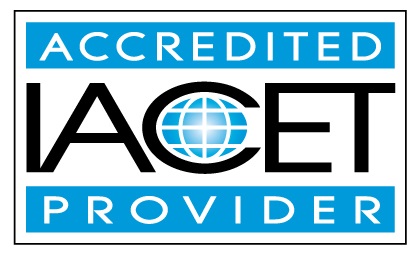Description
Each course is approved for .1 CEU for a total of .6 CEUS
The six CEU Articles from DIRECTIONS will be added to your learning portal.
Volume 1, 2020 Article Aging with a Disability: Research to Clinic Author Susan Taylor, OTR/L
Learning Outcomes:
The participant will identify 4 research studies on aging with a disability that can be used to inform clinical decision making.
The participant will identify 4 research studies on aging with a disability that can be used to inform clinical decision making.
The participant will identify 2 considerations prior to making seating and mobility recommendations for a client aging with a disability.
Volume 2, 2020 Article Multi-joint Muscle Action on the Pelvis: Impact on Seating and Positioning, Authors Tamara Kittelson-Aldred, MS, OTR/L, ATP/SMS and T. Sammie Wakefield, OTR (ATP retired)
Learning Outcomes:
1. The participant will be able to identify three multi-joint muscle groups affecting pelvic posture and their unique actions.
2. The participant will be able to describe the differences between seating strategies for accommodating tight hamstrings vs hip flexors.
3. The participant will be able to explain the rationale for using postural support outside the wheelchair, in lying, as a corrective strategy for multi-joint muscle group limitations.
Volume 3, Article Manual Wheelchair Configuration and Components for Optimize Self-Propulsion: the latest research, Author Ian Rice, PhD, MSOT
Learning Outcomes:
1. The participant will be able to describe what factors constitute optimal manual wheelchair propulsion biomechanics.
2. The participant will be able to describe how numerous configuration options affect propulsion biomechanics both positively and negatively
3. The participant will be able to describe how numerous component selection options affect propulsion biomechanics both positively and negatively.
Volume 4, Article Solutions for Children with Special Transportation Needs, Author Missy Bryan, OTD, OTR/L, ATP, CPST
Learning Outcomes:
1. The participant will be able to identify 2 main categories of children with specialized transportation needs.
2. The participant will be able to identify at least 3 major categories of specialized child passenger restraint systems.
3. The participant will be able to identify 3 resources to develop competence in child passenger safety service provision and promote transportation safety for children with special transportation needs.
Volume 5, Article Why We Need to Consider the Drive Wheel on a Power Wheelchair, Author Rachel Fabiniak, PT, DPT
Learning Outcomes:
- The participant will be able to describe 3 considerations for choosing a drive wheel configuration.
- The participant will be able to describe 2 benefits of each drive wheel configuration for navigating in outdoor or indoor environments.
- The participant will be able to explain one technique for teaching a person to drive with each drive wheel configuration.
Volume 6, Article Integrated Assistive Technologies on Power Wheelchairs, Authors Leah Barid, OTRL, ATP and Jill Baldessari, OTRL, ATP
Learning Outcomes:
- The participant will be able to define three assistive technology features available on power wheelchairs.
- The participant will be able to identify three types of switches and their appropriate use.
- The participant will be able to identify at least one assistive technology feature that is unique to each manufacturer’s power wheelchairs.

